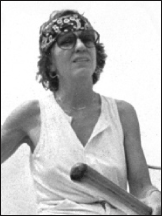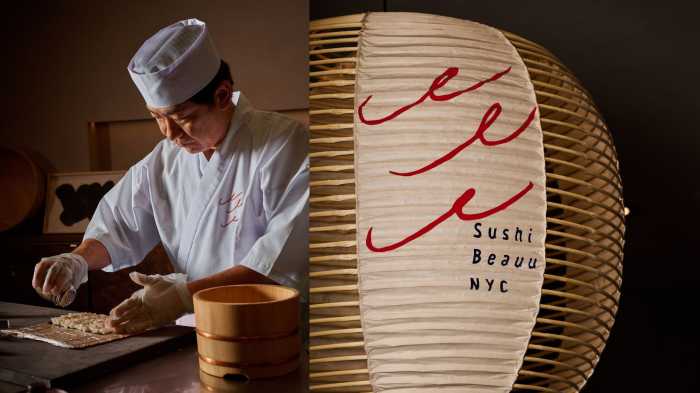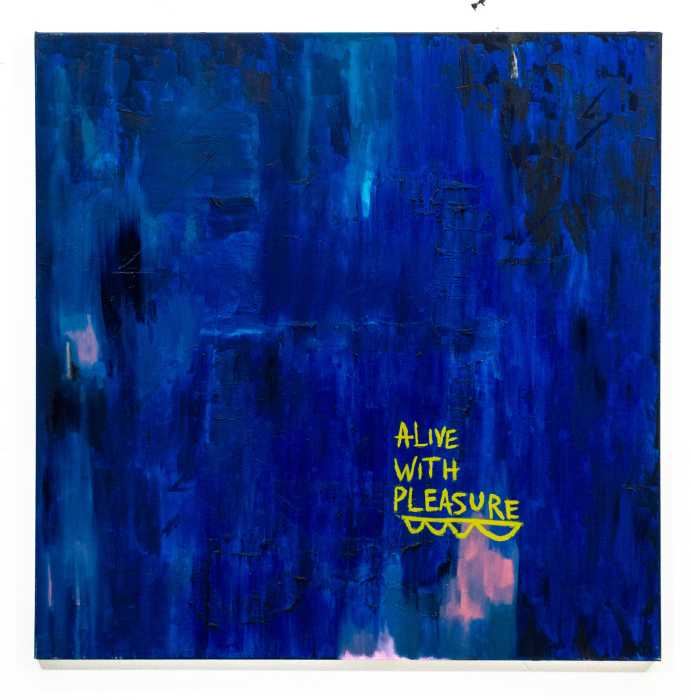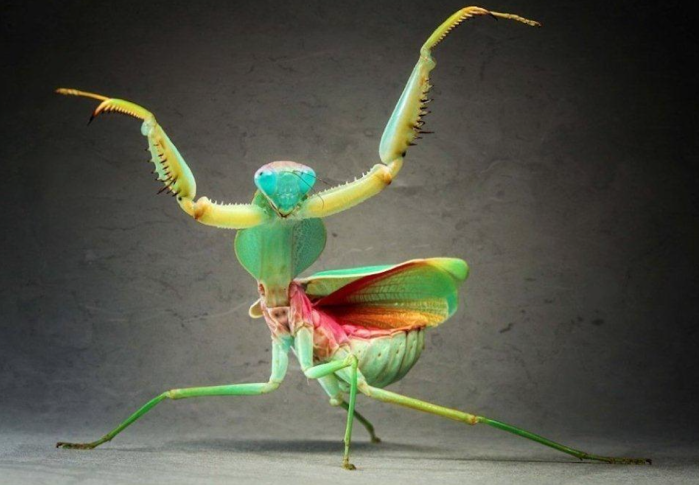By Albert Amateau
Vivien Raynor, a writer on contemporary art whose work appeared in The New York Times and in art magazines, died Feb. 15 in the East Village, where her witty but combative conversation attracted a devoted circle of neighbors and friends. She was 82.
“Anyone who walked down E. 10th St. between Avenues A and B will remember Vivien sitting on the stoop smoking and holding court for a regular group of people, animatedly discussing politics, art and life,” said Margaret Morton, a Cooper Union art professor and East Village neighbor.
The week after Vivien died, about 20 of her friends met in the rain in the courtyard in front of her house to recall her friendship and her way of speaking with the British accent that she never lost even after 50 years in New York.
She made her home on the top two stories of a four-story building located in the rear yard of a tenement fronting E. 10th St.
“The building was more than 100 years old,” said her friend, Roy Herndon Smith. “She had a lot of books, an incredible library of art books and art catalogues. She loved George Orwell, and she was the best conversationalist I ever met. You had to match her and stay with her,” Smith recalled.
Tim McGrath, a friend who lives on E. Seventh St., recalled meeting Vivien when he was passing on E. 10th St. across from Tompkins Square Park and saw her sitting on the stoop of the building in front of her house with an injured mourning dove in her hand.
“She was a hugely entertaining but prickly conversationalist,” McGrath said. “She was apt to bite your head off, but she’d be your best friend the next day.”
Randy Jones, an artist, illustrator and E. 10th St. neighbor, kept a notebook of some of her remarks in his conversations with her.
“I call them Vivienisms,” he said. “‘Shut up! I’m trying to thank you,’ is one I remember. ‘What have you done today to justify your existence?’ was one that she used as an opener. ‘We wackos can never see eye to eye,’ is one of my favorites. Once when I was talking about some ideas I had, she said. ‘Don’t talk your ideas away.’ It was good advice for me. I was talking with her after she came back from a long stay in the hospital and she said, ‘I’ve been starving for conversation but now I’m full,’” Jones related.
“She liked to bicker — she loved an argument,” said Lynne Cooper, another friend. “She was a pessimist — everything is what it is. She would mock the idea of free will,” Cooper recalled. “She fell and broke her wrist about three years ago and had to be in a nursing home on E. Fifth St. But she insisted on smoking in her room, so they had to send her someplace that allowed smoking. It was in the Bronx and she didn’t like it. Roy [Smith] was able to get her back to her apartment.”
Mary Lyon recalled her first conversation on the stoop with Vivien.
“I decided to say ‘hello,’ and she came back with, ‘Do I know you?’ in that daunting English accent. She was very gruff, but I got to know her and loved her — like everyone else.”
Born Vivien Tanner in London, she entered St. Paul’s Girls’ School on a scholarship examination at age 13. At the end of World War II she joined the Women’s Royal Naval Service, and after a year of service she entered St. Martin’s School of Art in London. She then got a scholarship to the Royal College of Art, where she studied drawing, painting, book production and illustration, art history and architecture.
She married Peter Raynor, an Australian artist, in 1951 shortly after graduating from the Royal College. In 1955 she got a job as assistant to the publicity manager of Circle Publications Ltd., a design magazine publisher. But after a year, she went to work in the reception department of Grosvenor House Hotel, in central London, as a liaison with the hotel public relations officer.
“This hotel has a number of distinguished guests, who had either to be given publicity or protected from it,” Vivien wrote in a 1958 letter seeking employment with an American encyclopedia publisher.
In 1957 Vivien worked for the Daily Telegraph of London’s general information bureau as the art expert. She was one of six “university educated girls” employed in the bureau, each one handling 80 to 100 telephone calls a day for fast answers to a vast variety of questions, plus answering questions by mail that required deeper research.
To augment the large library of books and newspaper clippings in the bureau, Vivien constructed her own art file, an index of works of art by title, in order to answer quickly questions that began with, “Who painted…?”
In January 1958, she and her husband came to New York and lived on E. Seventh St. She painted and began writing about art as a freelancer. She moved after a while with her husband to 23rd St., but returned to the East Village in 1971 when her marriage ended.
She wrote about contemporary art for The New York Times, “wittily and incisively,” as the Times obituary said on March 7. Her first article for the Times, on the annual Washington Square Outdoor Art show, appeared in 1964. From 1972 to 1977 she was the art critic of the New Leader, a magazine of politics and culture. She reviewed out-of-town art shows for the Times’s Sunday regional sections, and contributed reviews to ARTnews and Art in America.






































